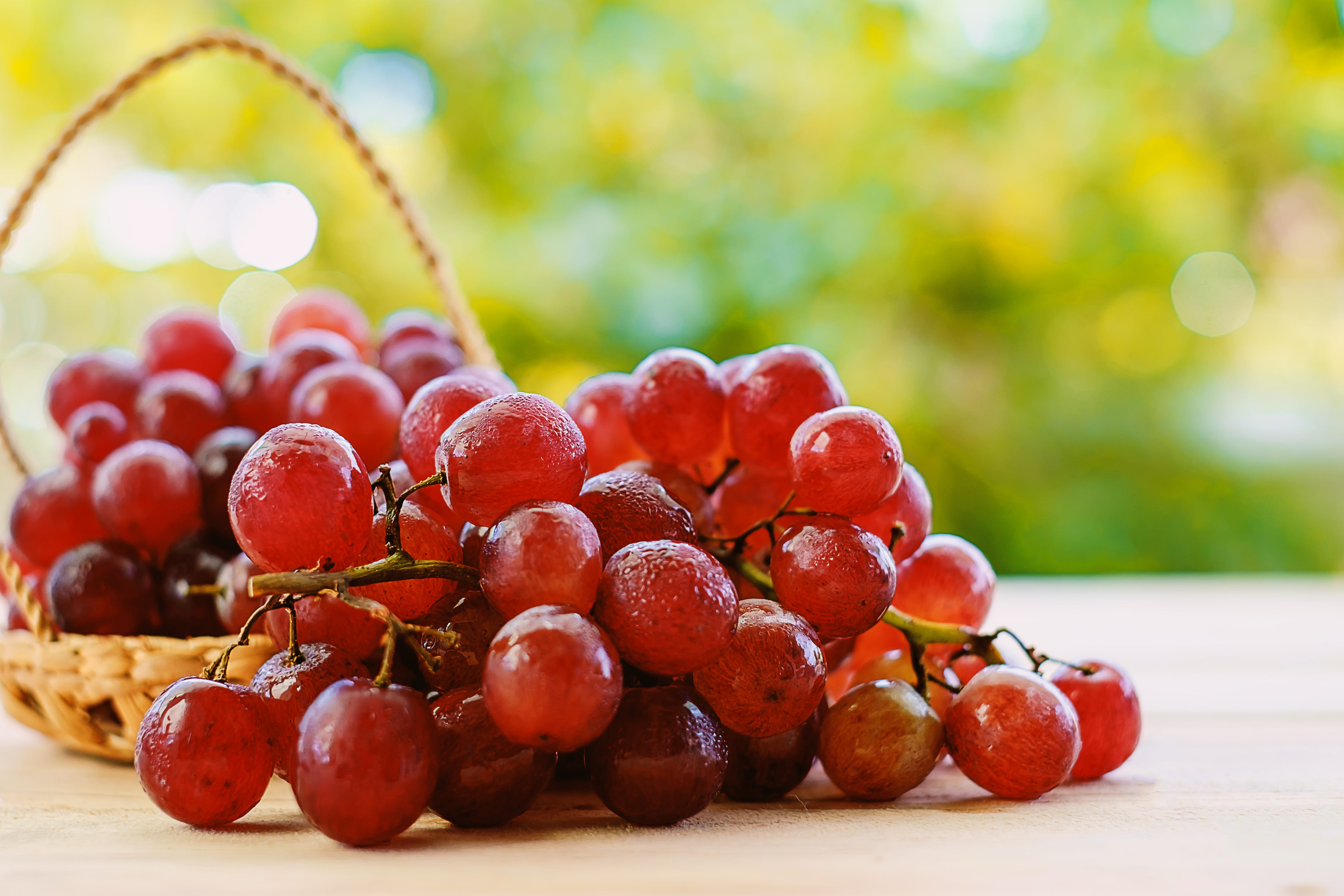


If you leave 50 shoots per vine and each one produces 2 large clusters, you could have twice as much fruit as desired. That means you will have 1 lb of yield for every 2.5 to 3 clusters. Large clustered varieties such as Chambourcin and Vidal typically have clusters that weigh 0.3 to 0.4 lb. If you do not know the average cluster weights, see HO-221 Grape Varieties for Indiana for average cluster weight data from my trials and a discussion about crop load ratio. By taking pruning weight data in your vineyard you can estimate the appropriate number of clusters to leave to produce the optimum yield. vines that average 2 lb of pruning wood should be able to produce 20 lb of fruit (and 2 lb of pruning wood again). Growers should try to adjust the crop to balance the fruit production for a “crop load ratio” of about 10. Excess clusters are removed, and all clusters from short, weak shoots are removed. Typically each shoot is allowed to carry only one or two clusters. If you wait too long, the shoot attachment toughens and the shoots many need to be cut, greatly increasing the time required for removal.Ĭluster thinning will also be necessary on most large clustered varieties. They are not attached to the vines very firmly so the break off easily. It is very easy to accomplish now while the shoots are short and tender. That equates to 40-50 shoots per vine at typical 8 foot vine spacing. Five to six shoots per foot of row is generally considered to be the optimum density. Now that the danger of frost is “mostly” past (wow, close call this week), it is time to go through the vineyard and assess shoot number and adjust it to the desired number. If delayed-double pruning was done, that number may be much higher. Growers typically select 40-60 nodes per vine during dormant pruning. Shoot thinning reduces excess shoot number to both adjust crop and reduce shading. Carrying a large crop can result in reduced vine size and capacity, so careful thinning to balance fruit production to vegetative capacity is required. In addition, some of the varieties we grow tend to be overly fruitful, producing more fruit than the vine can feasibly ripen. This can lead to excess crop and shading in the canopy. Many varieties grown in Indiana tend to produce a large number of “non-count” shoots from adventitious buds and basal buds at count nodes. One of the most critical management practices for grapes is crop load management through shoot and cluster thinning.


 0 kommentar(er)
0 kommentar(er)
